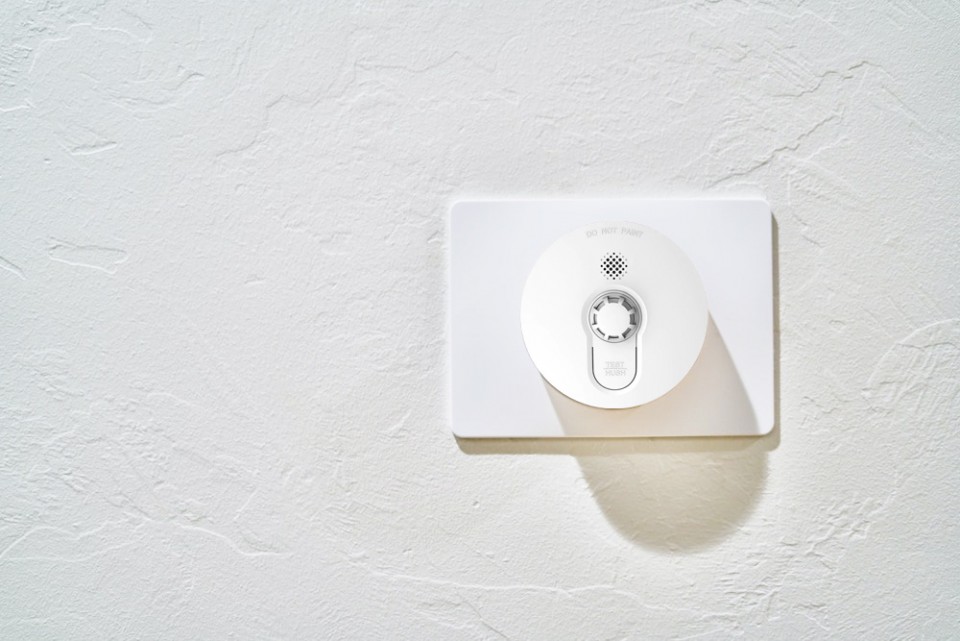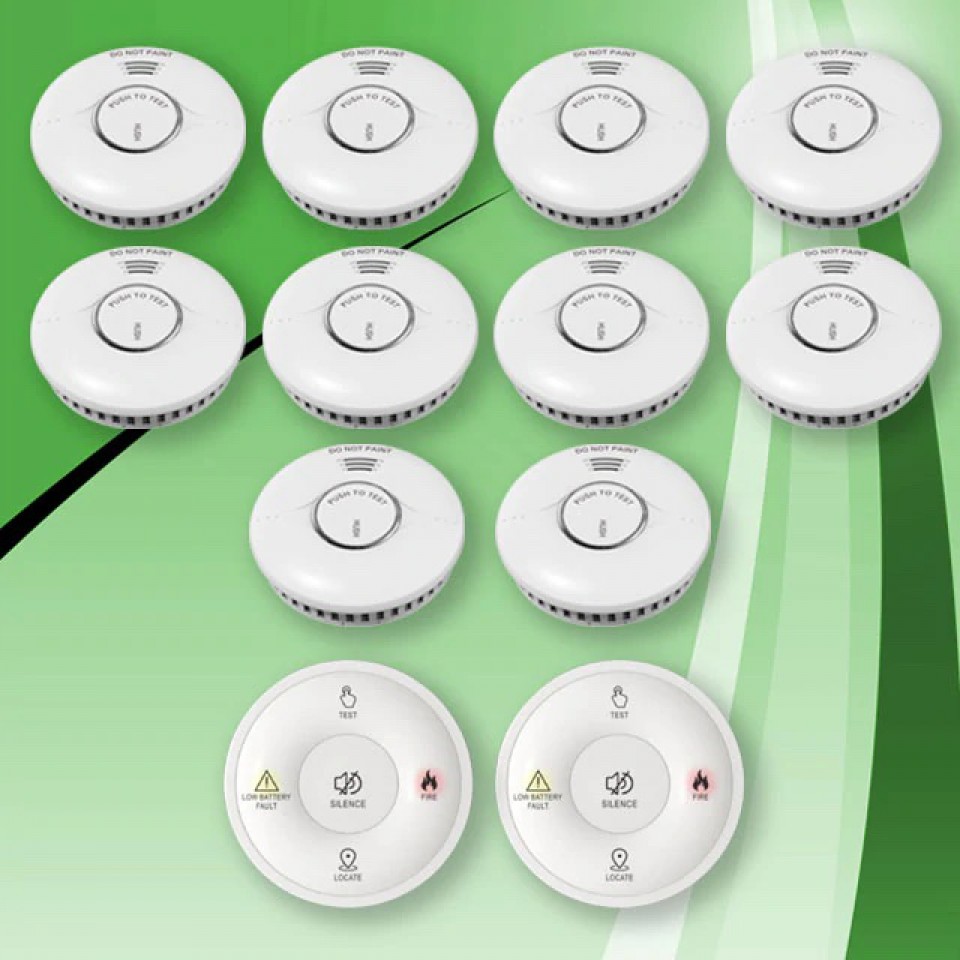Everything About Some Alarms: Photoelectric Or Ionisation?

When installing safety alarm systems and smart locks, choosing the most appropriate custom type is super-important. An excellent smoke detection system is one of the most critical methods to keep your house safe. Too many households rely on outdated fir alarms and equipment that does not provide the appropriate protection. Most systems are necessary inputs to maintain a system to be secure from fire. Smoke alarms must be one of those remarkable technologies because of their smoke detection ability. Modern smoke detectors employ a photoelectric smoke-sensing tech to detect the presence of smoke.
Photoelectric smoke alarms function by displaying a light beam across a light sensor in the smoke chamber. When smoke spreads throughout a building, smoke will penetrate the alarm and divert light from the alarm's light beam.
Benefits of smoke alarms

source : pexels.com
Even if you do not configure your home system, your digital smoke detector will constantly be on. The batteries in systems like smoke detectors may last up to five years or even more. Because the device is hardwired into the property, it simply supplies and powers itself using the building's electric supply. So, there is nothing much you need to put into it. With smoke detectors, you might be able to escape crucial damage or total home destruction. If a fire begins, anybody who is asleep may not get roused in time.
Many individuals die from smoke inhalation while attempting to escape a fire accident. Having a system set up may provide you with security and ample peace of mind. It eliminates the need to check batteries regularly. You will also not want to experience anxiety that the batteries will run out between the checkups. Modern smoke alarms are more dependable and quicker at identifying issues than their wireless predecessors.
How does a photoelectric system work?

source : unsplash.com
Australia reports more than 40,000 residential smoke and fire accidents in a significant survey period. Photoelectric smoke detectors are smoke alarms that have light-sensitive sensors. As a result, they can immediately detect a smouldering fire. A photoelectric smoke detector begins to release sounds when smoke particles are detected. One light source, usually a LED and one photosensitive device, make up photoelectric laser scattering smoke detectors. That is, if smoke gets inside the chamber, it gets in the way of the LED light and deflects it. The LED light gets diverted by the smoke and enters a light sensor in a separate compartment of the same tank. Massive smoke particles from simmering fires get best detected by photoelectric smoke alarms.
Why choose photoelectric systems?


Smouldering fires that start gradually and continue without a fire for a long time are the most difficult to detect with most smoke detectors. It is no surprise that many people die from toxic fumes rather than flames when they die in a house fire. The time it takes for a photoelectric smoke detector to detect smoke in a building has also contributed to its popularity. The smoke alarm gets triggered by the light sensor's reflection of smoke particles, which is a faster trigger for the smoke detector. As a result, there is a sharp sound to inform individuals in the building. A specific alarm kind is more effective when a fire starts from a smouldering source, such as a cigarette butt that falls into a mattress.
The Bottom line

source :pexels.com
Ionisation alarms contain a negligible quantity of radioactive material that is not deemed unsafe even to touch. And most property owners prefer not to have any radioactive elements in their homes. As a result, photoelectric smoke detectors are the best option. Both ionisation and photoelectric methods are used in several smoke detectors in some cases. Dual smoke detectors are a form of the smoke detector are another popular choice!








